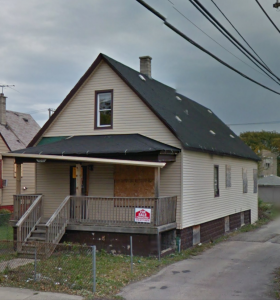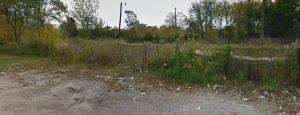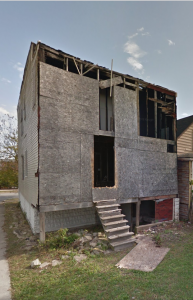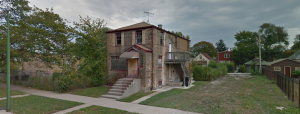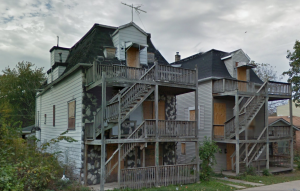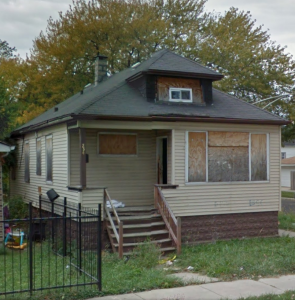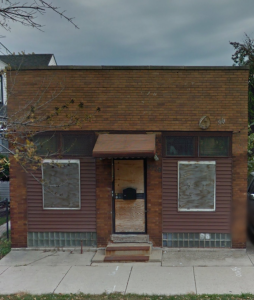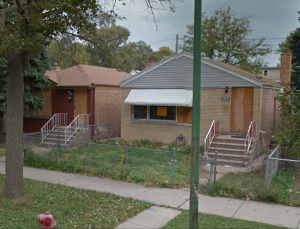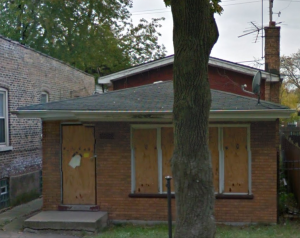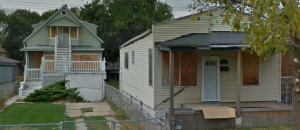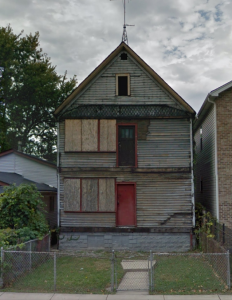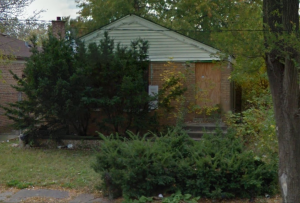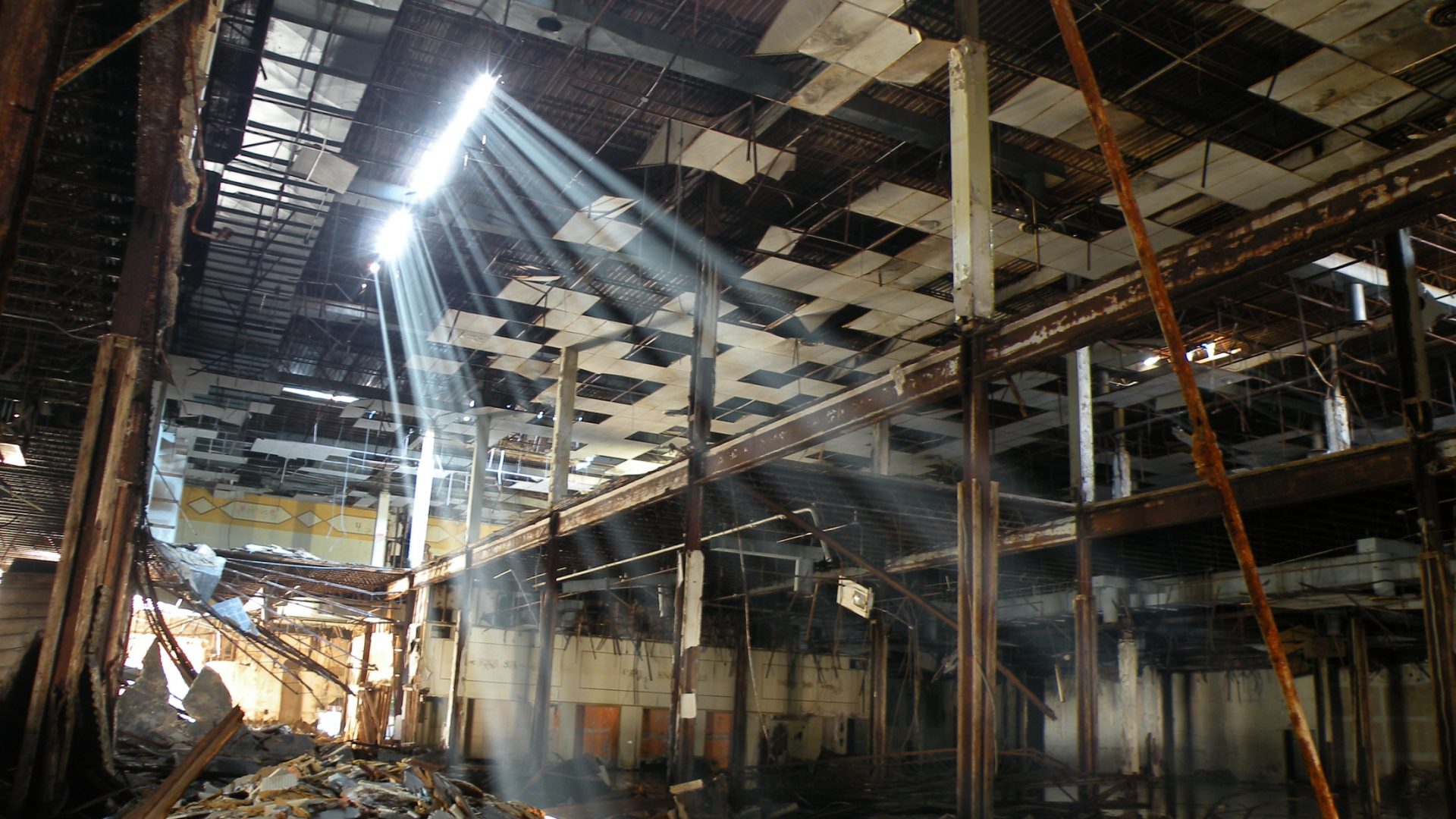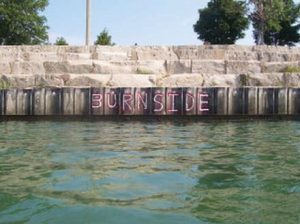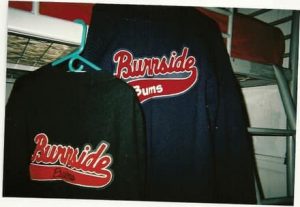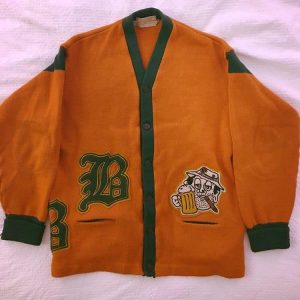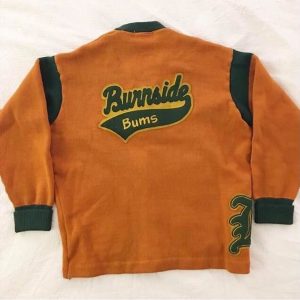| Origins | Annexed in 1889 |
|---|---|
| Area | Far Southeast Side |
| Boundaries | 87th Street on the north, 95th Street on the south, New York Central Railroad on the east, Illinois Central Railroad on the west |
| Gangs headquartered | Gangster Disciples, |
This area was not really settled in the early days as this swampy land was not fit for residential use even though three railroad track lines were put in to form a triangle.
The area was annexed into the Hyde Park Township area in 1861, then in 1862 the area was named “Burnside” after General Ambrose Burnside. In 1889 Burnside was annexed into the city of Chicago despite the fact this was still barren swampy land.
In the year 1895 W. V. Jacobs had a grand vision of building a storage battery road for Chicago as he was heavily responsible for promoting the Calumet Railway. At this time between 1895 and 1896 the Illinois Central Railroad built a repair shop and a roundhouse in this area which attracted employment, then Jacobs purchased all the land within this triangle and subdivided the land into a livable community of railroad workers, soon Hungarian, Italian, Ukrainian and Polish immigrants came to this small community as they worked in the shops in and nearby the neighborhood.
Burnside continued to prosper as a small-town type enclave in the early half of the 20th century as the population stayed below 3,500 residents. After World War II this isolated community attracted more attention from developers because of the many vacant areas that were perfect for housing construction of middle-class homes, this long time working class community was now becoming more middle class.
In the 1950s decade the youths in this community began forming some tough greaser gangs mainly as just hangout groups but they also battled gangs from other neighborhoods.
Beginning in 1964 middle class African Americans began to build homes in the vacant areas of Burnside and they also bought houses from elderly and retired immigrant workers which caused the white community to react negatively especially the greaser gangs. Nearby Roseland and Pullman were experiencing their first influxes of African Americans in the second half of the 1960s which caused all three neighborhoods to come together to petition against the spread of African Americans and to also use violent methods if needed. Because of this dissatisfaction that often led to racial violence the Devil’s Disciples arrived to protect the growing black community mainly in the southern part of the community near 93rd Street. In the year 1968 the Outlaw Supreme Gangsters arrived on these streets that would eventually combine with Disciples to established the long standing and dominating Gangster Disciples on these streets.
The black population of Burnside remained very small during the 1960s as migration was very slow and even though the Black Gangster Disciples claimed the 93rd Street area the group was quite small and racial strife was low in the burnside community, but all it took was a little conflict in the 60s which ushered in the Disciples but other than that there was not much gang conflict directly on these streets. White gangs in Burnside focused more on gangs and racial issues outside of Burnside. By the 1970s census the black population was only 3%.
White greaser gangs remained in this community until the mid-70s. In the mid-70s the white flight exodus began and ran its course by 1980.
In the later 1970s much of the steel industry began collapsing causing several layoffs in this south side area which depreciated the value of the neighborhood and caused disinvestment in communities like Burnside, white flight then took its course in this community.
Starting in the mid-1970s, shady Federal Housing Authority loans caused many residents to not be able to pay that bill and their houses were foreclosed causing many vacant homes in the community.
In the very early 1980s the steel mills completely closed down and Pullman Car Factory closed its doors which caused an alarmingly high level of unemployment in Burnside.
Burnside started as a working-class community then transitioned into a middle-class community, now in the 1980s it became a lower income class income community. The rest of the white population left in the early 1980s making this an all-black community.
Burnside has since been the scene of high murder rates and extreme violence even though the neighborhood has retained a population of only 3,500 or less over the years. At many times Burnside rated as the most violent neighborhood in Chicago and the most dangerous place to live despite having less urban decay then other neighborhoods nearby. Burnside is not heavily blighted but there are still several vacant homes.
93rd and University seems like the most intense area as Four Corner Hustlers, Gangster Disciples and Boss Pimps have all claimed this corner with the Black P Stones just two blocks away. Most if not all of the gang activity in Burnside is focused south of 90th Street especially south of 93rd.
The Gangster Disciples have dominated these streets since 1964.
The known gangs that have walked these streets over time are:
Boss Pimps
93rd & University (Flip Side)
Black P Stones
93rd & Avalon
Four Corner Hustlers
93rd & University
Gangster Disciples Established 1964 as Devil’s Disciples, 1968 as Outlaw Supreme Gangsters, GDs still exist here presently
90th to 93rd, Drexel to Greenwood (FSC, formerly 9-Trey)
93rd & University (Flip Side, Renegade GDs)
Burnside Bums
Were here in the 1960s and 1970s but I do not know exactly where
All images below are of vacant buildings at the time of the photo. All images are courtesy of Google Maps
